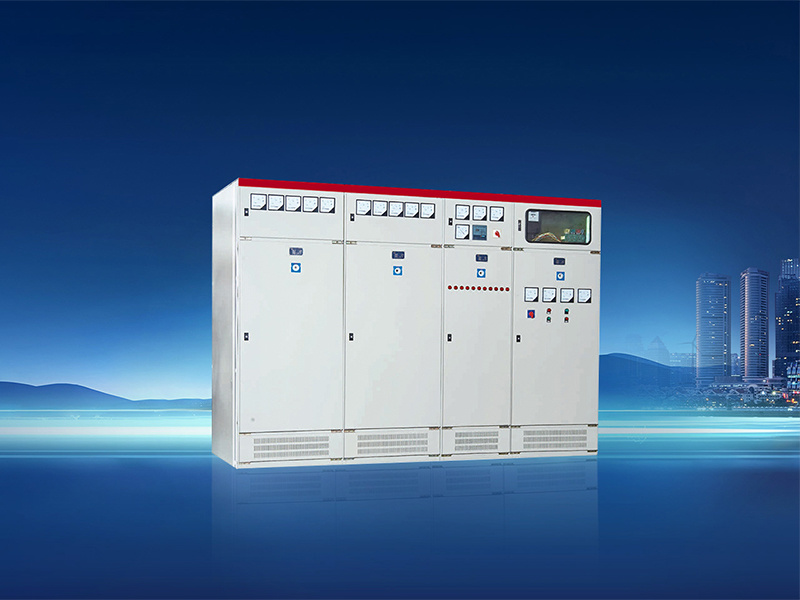Primary and Secondary Maintenance of High and Low Voltage Distribution Cabinets
Primary and Secondary Maintenance of High and Low Voltage Distribution Cabinets
Primary Maintenance
1. Check if the busbar and its leads are secure.
2. Check if the secondary circuit connections are secure, if the fuses are intact, and measure the insulation resistance.
3. Inspection of the capacitor cabinet: Disconnect the air switch and perform action tests on the capacitor controller without power. The first to connect should be the first to disconnect, and the last to connect should be the last to disconnect. Adjust the over-voltage protection, under-current protection, and switching threshold values.
4. All indicator lights should be intact, and check and adjust the circuit breakers, leakage switches, thermal relays, time relays, multifunction meters, etc.
5. Check if the indicator lights are normal, if the controller switch position is normal, if the operation is normal, and if the manual debugging of the mechanical interlock part is reliable.
6. Check if the fasteners of each soft starter and frequency converter are tight.
Secondary Maintenance
1. Check if the drawer-type switch can be pushed in or pulled out flexibly, if its mechanical interlock is reliable, and if the contactor contacts are in good condition.
2. Check if the elasticity of each blade in the circuit breaker is normal and if the arc extinguishing device is intact.
3. Check if the wiring nuts of each cable head are tightened.
4. After disconnecting the main switch of the power receiving cabinet and the connection cabinet, use a special handle to ensure it can be operated flexibly. Ensure that the contacts of each mutual inductor and other secondary wiring heads are good and tight without looseness, and that there is no mold on the primary and secondary circuits.





